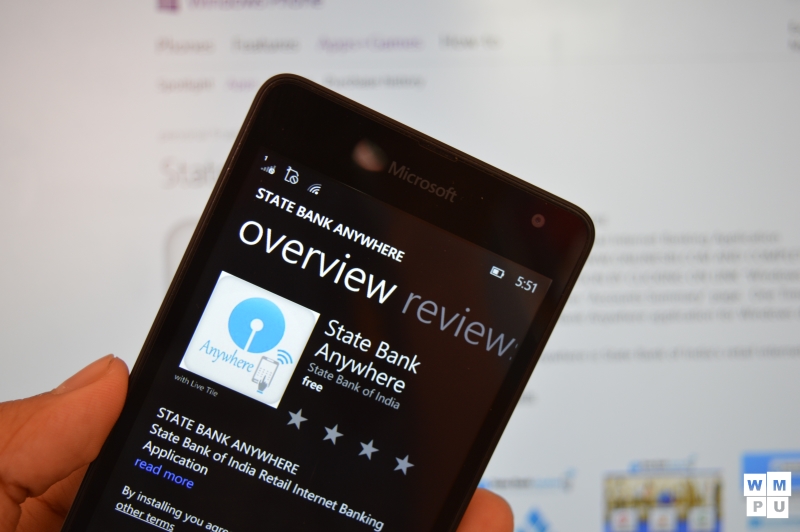-
Tips for becoming a good boxer - November 6, 2020
-
7 expert tips for making your hens night a memorable one - November 6, 2020
-
5 reasons to host your Christmas party on a cruise boat - November 6, 2020
-
What to do when you’re charged with a crime - November 6, 2020
-
Should you get one or multiple dogs? Here’s all you need to know - November 3, 2020
-
A Guide: How to Build Your Very Own Magic Mirror - February 14, 2019
-
Our Top Inspirational Baseball Stars - November 24, 2018
-
Five Tech Tools That Will Help You Turn Your Blog into a Business - November 24, 2018
-
How to Indulge on Vacation without Expanding Your Waist - November 9, 2018
-
5 Strategies for Businesses to Appeal to Today’s Increasingly Mobile-Crazed Customers - November 9, 2018
Microsoft releases update rollup for Windows 7 SP1
Alongside the convenience rollup for Windows 7 and Server 2008 R2, Microsoft has announced that it’s going to be releasing a monthly package with all of that month’s non-security updates in one download.
Advertisement
Windows 7 was released in October 2009 and the first Service Pack (SP1) was released in February 2011. If you still prefer to download things manually, however, Microsoft is shifting those releases to the Microsoft Update Catalog.
“Install this one update, and then you only need new updates released after April 2016”, added Nathan Mercer, a senior product marketing manager, in a post to a company blog yesterday.
We’re making available a new convenience rollup for Windows 7 SP1…
In other words, it performs a very similar role to what Windows 7 Service Pack 2 would have done, if only Windows 7 Service Pack 2 were to exist. Microsoft advises that to successfully install the update, you must first install the April 2015 servicing stack update for Windows 7, which is available here.
This monthly rollup will support Windows 7 SP1, Windows 8.1, and their server variants. The cumulative roll-up, while certainly a convenience to Windows 7 users, also plays to Microsoft’s pitch to upgrade to Windows 10.
Update Policy Changes Microsoft reiterated in its announcement today that it is now publishing its archive of security updates in the Microsoft Update Catalog. This policy switch is being carried out “to improve the reliability and quality of our updates”, the announcement explained. This is a relic of a forgotten age; it’s a “website” that only works in Internet Explorer (“6.0 or later”) and requires an ActiveX control to use.
Microsoft’s security bulletin links will point users to the Microsoft Update Catalog, not the Microsoft Download Center, according to this new policy.
Advertisement
Users that want to do a clean install of Windows 7 are now able to download and install Service Pack 1 and today’s rollup to end up with a fully up-to-date system. Furthermore, if you open the Get Windows 10 app and just press the “X” button in the top right corner, the schedule doesn’t change and the Windows 10 upgrade is launched as planned. Leave us a comment below and share your thoughts.




























